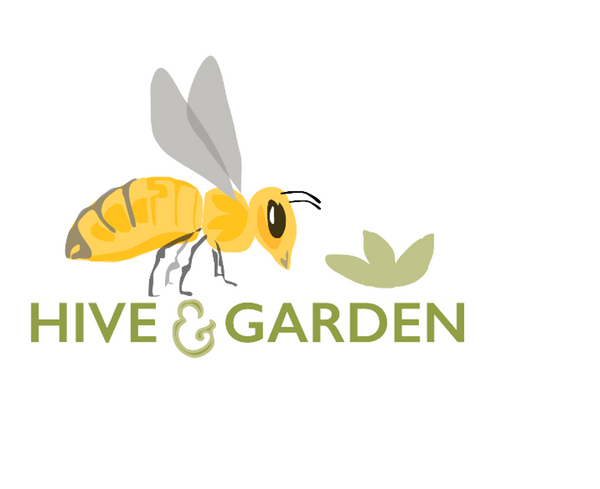
Vivaldi Board™️ Primer: Part Three
Share
In the Vivaldi Board™️ Primer Part Two, we discussed the management of moisture and ventilation using a Vivaldi Board™️. In Part Three, we shift our focus to the various feeding options with a Vivaldi Board on your hive:
Liquid Feeding with a Vivaldi Board:
Tray feeders: In a tray feeder, the syrup sits in a tray with some mechanism to reduce the inevitable drowning with this method. (An unfortunate attribute of tray feeders is that some bees will find a way to drown in them.) These feeders can be skinny, like the frame feeder, or wide like the one in the image below. The best feeders greatly reduce this drowning by some kind of setup that limits the bees freedom of movement near the syrup.

It turns out this particular tray style feeder fits exactly inside our standard 10-frame Vivaldi Board.™️ Naturally, this is the one we sell. This feeder has a high capacity, does a reasonable job of limiting drowning, and has a lid that helps keep other bugs out. It is also very easy to refill by just removing the hive’s outer cover and lifting the feeder lid to pour in the syrup. Unlike the frame feeder, for example, it requires no direct contact with the bees. Although many of our customers really like the convenience and high capacity of this feeder, and are willing to accept a limited amount of drowning, we have to admit that our preference is for vacuum feeders.
Vacuum Feeders: Why do we like vacuum feeders? First, they essentially eliminate drowning of bees as long as the lid is correctly secured to the container. Second, the Vivaldi Board™️ happens to be an excellent platform for vacuum feeders.
One of the best vacuum feeders is the simple jar feeder. These feeders are robust, easy to clean in a dish washer, and can be inexpensively made from a mayonnaise jar. One popular jar feeder is the entrance feeder. As it’s name implies, it sits outside the entrance of the hive. See the image below.

The entrance jar feeder works well but has some significant drawbacks. First, in colder months the bees will not break cluster to access it, so it is worse than useless in this case because it can lull the beekeeper into assuming the bees don't need the syrup. Second, in robbing season it is an easy target for robbing by other colonies in your own apiary. It is also an easy target for feral honeybees, yellow jackets, and bald faced hornets.
A much better solution is to use an internal vacuum feeder. One example is the two-hole feeder that sits over the center hole of an inner cover, as in the image below. This setup eliminates the robbing problem and places the syrup above the cluster, where it is relatively warm. Of course, you will need a hive box as a spacer rim to place between the inner cover and the telescoping cover. Although this is a good solution, it is limited to only two jars, blocks ventilation, and it requires a spare brood box.

The Vivaldi Board™️ provides a better solution by allowing you to put up to four quart jars directly on the Vivaldi Screen™️, while still allowing ventilation through the screen, and it only needs a honey super as a spacer rim, something you are very likely to have spare. If you are monitoring the syrup consumption, you might notice that the bees take the syrup more slowly with the two-hole jar feeder and with the Vivaldi Screen™️. In both cases, the syrup jar sits on a mesh screen (ours are stainless steel mesh). We prefer this slower consumption because it helps prevents a sudden glut in food that can stimulate a rapid brood development. A rapid expansion is fine if you are willing to keep feeding at the increasing pace, but if you don’t keep up, it can lead to a population collapse in late winter/early springtime in the Pacific Northwest, as natural forage can still be scarce.

Dry Feeding: Candy boards, fondant, and sugar blocks might all be considered forms of dry feeding. They are often contained in some type of spacer rim above the frames. Whereas candy boards rely on the moisture generated by the hive to soften the sugar to enable the bees to consume it, fondant and Drivert sugar are soft enough for the bees to eat directly.
Dry feeding with a Vivaldi Board™️ is easily done with Drivert or fondant. Fondant works well; however, we don’t bother with fondant as it is messy and expensive to ship if you are buying it online. Another option is finely ground sugar. You can buy it or make it by grinding regular granulated sugar in a coffee grinder.
You can feed Drivert sugar by simply pouring it through the screen of the Vivaldi Screen™️, around the center hole. A little might slip down the hole, but the bees will happily clean this up. Placing an insulating material like cloth or burlap over the Vivaldi Screen™️ helps entice the bees to the food because it is relatively warm under the screen. You can also slip a piece of pollen patty inside the Vivaldi Screen™️. Actually, we normally just tear off the paper backing from one side of the patty and press it into the screen. See images below.

This third blog wraps up the basics of the standard Vivaldi Board™️ and sets us up nicely to discuss the Deep Vivaldi Board™️, which will be our next blog in the Vivaldi Board series.
